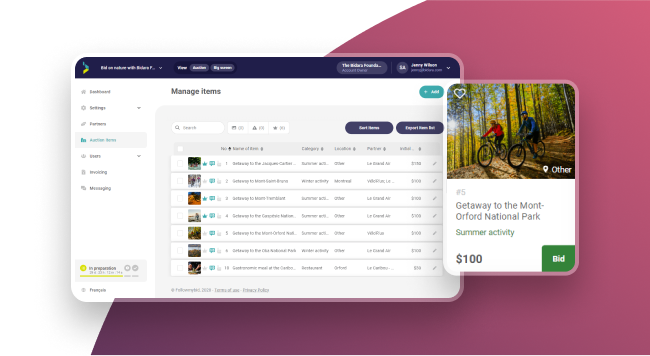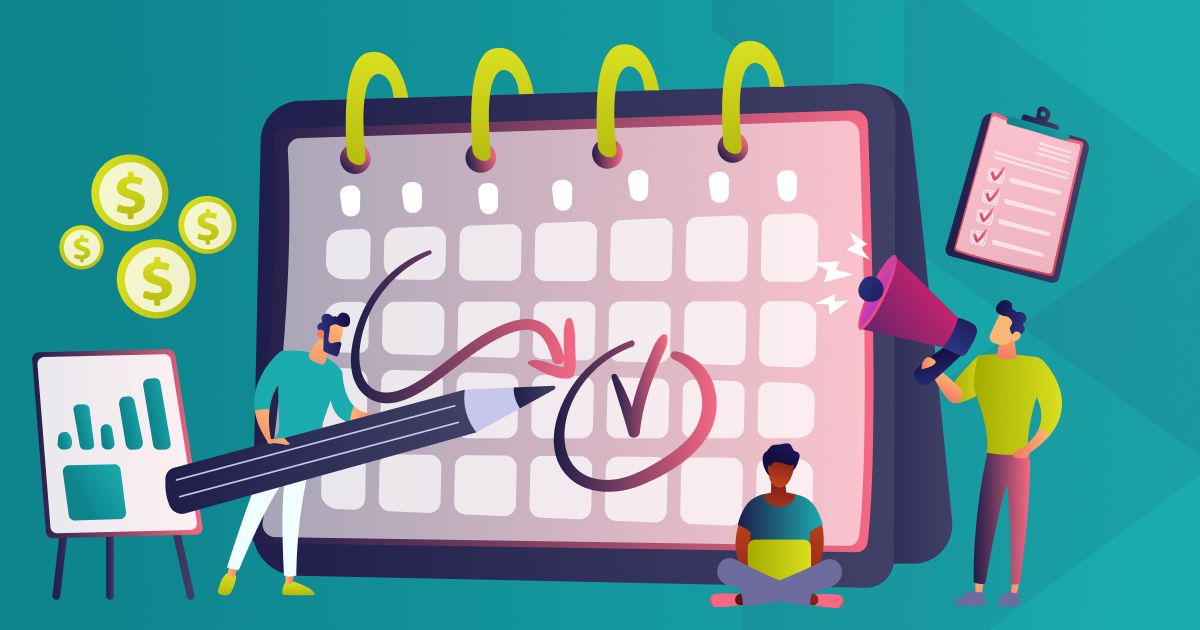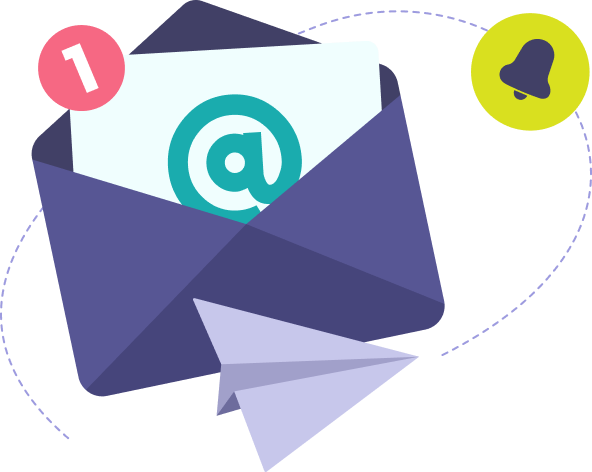To make a difference, it’s important that your organization can turn people who have never heard of you into supporters who will donate to your cause regularly. To do so, we recommend using the conversion funnel: understanding it well is a good first step to mastering it!
Whether you are looking for donations for a specific fundraising campaign or to add more members to your monthly giving program, these steps will help you connect with the perfect philanthropists in no time.
Here is a summary of the steps detailed in this article:
- Identification: Find people who might be interested in supporting your cause.
- Research: Learn more about your potential donor’s financial abilities, areas of interest, and preferred communication channels.
- Connect: Create a relationship with your target audience by sharing information and inviting potential supporters to your events.
- Solicitation: Ask for the right amount, from the right person, for the right project, at the right time.
- Conclusion: Set a specific amount and complete the transaction.
- Acknowledgment: Show your appreciation with concrete actions.
- Retention: Maintain the connection with your new contacts by recognizing their contribution to the cause and the impact of their donations and by clearly sharing what you are doing with the funds raised.
Steps for turning strangers into regular donors
1. Identification
First, you must identify your target audience—the people who are most likely to donate to your organization.
Find the people who are likely to be interested in your cause and track them down:
- Look for a trend among people who have subscribed to your newsletter
- Scour Facebook groups
- Explore web pages related to your cause
- Find out where philanthropists hang out
In short, get into detective mode. You need to know exactly who you want to attract so you can avoid shooting in the dark and coming up empty-handed!
2. Research
Once you’ve identified your target, like a Sherlock Holmes of philanthropy, get to know your new audience members. Find out their:
- Demographics
- Financial abilities
- Areas of interest
- Preferred communication channels
- Preferred ways of giving
- History of philanthropic involvement
Elementary, my dear Watson: Different generations have different budgets and interests in various causes, just as they prefer different means of contact. Your solicitation methods will, therefore, vary greatly depending on the age and personality of your target audience.
For example, most baby boomers prefer to receive printed flyers in the mail, while millennials strongly favour social media and email.
3. Connection
Now that your inner Nancy Drew has done her homework and fully identified your audience, connect with them. You can do this, for example, by sharing information about your cause and inviting key people to your events.
Show them the difference you’re making in the world, but more importantly, show them how much fun you have while doing it.
Share your success stories and appreciation for the people who attend your events, especially in places where your targets will see them. It’s important to spread the word about your organization on a positive note so everyone will want to be a part of it even before you start soliciting.
4. Solicitation
Based on what you have discovered in your investigation and the resources at your disposal, determine how you will engage the right people at the right time to capture their attention.
You can choose to solicit supporters:
- By phone calls
- On a busy street corner
- In the subway
- With a booth at an event
- Through your partners
- By email
- By mail
- Or even 100% on social networks
It will all depend on what you’ve determined with your Columbo-like flair.
5. Conclusion
Ka-ching! Congratulations, you are receiving funds for your cause!
Once you’ve agreed on an amount with your donor, make sure that the transaction goes smoothly and that their experience is optimal so that they will want to support you again in the future.
You may have received money, but your work here isn’t done yet. Read on!
6. Acknowledgment
Now, it’s vitally important to maintain relationships with people who have offered you a contribution, whether financial or otherwise (because volunteering is important, too!)
Remember that unlike Batman, who operates in the darkness of anonymity, most people do good deeds, hoping for some form of social recognition. Whether it’s an email, a text message, a card in the mail, or even a slightly more public announcement, show your gratitude to partners tangibly for both small and large contributions.
A person satisfied with their experience will be much easier to approach again in the future!
7. Retention
Maintain your relationship with your philanthropists by clearly sharing what you do with the money raised.
People donate to non-profits to make the world a better place, so they want to know that their money is helping to achieve that goal. By being transparent and telling them exactly how their donations are being used, you will encourage them to believe in your work and, therefore, be more inclined to give again.
However, there is a difference between informing and re-soliciting. If people subscribe to your newsletter, they may react poorly if they receive more requests for funding than information on the projects carried out, thanks to their donations.
By telling them exactly how their donations are being used, you will encourage philanthropists to believe in your work and give again (when you approach them at the right time. If in doubt, review point 4).
📌 Remember: People will never stop supporting an organization because they have received too much information. However, the opposite situation is entirely possible.
Let’s make a difference together
Ultimately, it’s not just solicitation methods that count: the collection method does, too. Fun fundraising campaigns will attract a lot more donors… and a lot more donations!
Check out our plans and discover why a Followmybid auction is a great way to raise funds in a creative and fun manner!
Wishing you good solicitations (and good investigations)! 😉









